As a key tool for modern electronic maintenance and industrial manufacturing, the performance of a hot air gun directly depends on the design level of its core technology. This article will delve into the five core technical modules of the hot air gun, taking you to understand the technical secrets behind this seemingly simple yet precise engineering product.
Analysis of the Development of Hot Air Gun Heating Element Technology
The three major shortcomings of traditional metal heating wires
1. Energy efficiency bottleneck: The power density of nickel chromium alloy is only 5W/cm ², resulting in a large equipment volume
2. Response delay: It takes 30-60 seconds for preheating time from cold state to operating temperature
3. Durability defect: Oxidation accelerates when the working temperature exceeds 600 ℃, and the service life is usually less than 500 hours
Technological breakthrough of ceramic heating element
Modern PTC ceramic heating elements have achieved leapfrog development through three innovations:
-Power density: increased to 15-20W/cm ², equipment volume reduced by 40%
-Heating speed: It only takes 3 seconds from room temperature to 400 ℃ (measured data)
-Intelligent protection: Self limiting temperature feature to avoid overheating damage
-Service life: Typical working life of 3000-5000 hours
Development direction of cutting-edge technology
1. Graphene composite material:
-Laboratory testing power density exceeds 50W/cm ²
-1 second instantaneous heating capability
-Facing the challenge of mass production costs
2. Mixed Heating System:
-Microwave assisted heating technology (2.45GHz)
-Infrared collaborative heating scheme
-Multi mode intelligent switching
3.Self healing materials:
-Microcapsule phase change materials
-Automatic crack repair mechanism
-Achieved a lifespan of over 1000 cycles
>Technical suggestion: Currently, among the commercially available products, the second-generation improved ceramic heating element (such as the Japanese Kyocera K-200 series) achieves the best balance between performance and cost, which is a rational choice.
Core Technology Analysis of Airflow Control System for Hot Air Gun
Fluid Dynamics Optimization Design
Modern high-end hot air guns adopt aviation grade air duct design principles:
1. Application of Venturi Effect:
-Inlet section: Three layer stainless steel filter screen (intercepting particles ≥ 20 μ m)
-Shrinkage section: 15 ° cone angle optimized design, wind speed increased from 5m/s to 7m/s
-Diffusion section: Gradual expansion structure reduces turbulence and improves airflow stability by 35%
2. Heat exchange system :
-Spiral guide vane design (lead angle 45 °)
-Copper aluminum composite heat dissipation fins
-The measured heat exchange efficiency reached 87.3%
Comparison of the Evolution of Wind Turbine Technology
|Parameters | Brushed Motor | Brushless Motor|
|------------|------------------|-------------------|
|Noise level | 68 ± 3dB | 58 ± 2dB|
|Service life | 800 hours | 4000 hours|
|Wind speed fluctuation | ± 12% | ± 4%|
|Energy consumption ratio | 1.2W/(L/min) | 0.8W/(L/min)|
Intelligent control system
1. PID algorithm optimization:
-Sampling frequency 10kHz
-Adjust response time to be less than 50ms
-Steady state error controlled within ± 1.5%
2. Adaptive Adjustment:
-Real time detection of load impedance
-Temperature wind speed coupling control
-Automatic compensation for altitude impact (0-3000m)
3. Fault Warning:
-Bearing wear monitoring
-Abnormal wind pressure alarm
-Automatic load shedding protection
>Technical tip: When making a purchase, the air flow quality can be determined through a simple test: place a thin paper sheet 10cm away from the air outlet, and high-quality products should be able to maintain a stable inclination angle (45 ± 5 °) without severe shaking.
Technical Implementation of Temperature Control Systems
Multi-level Temperature Monitoring System
Modern heat guns employ a triple-layer temperature monitoring solution:
1. Core Sensor:
- K-type thermocouple (measurement range 0-800°C)
- Response time <200ms
- ±1.5°C measurement accuracy (compliant with IEC 60584 standard)
2. Auxiliary Monitoring Points:
- Three NTC thermistors (10kΩ, B value 3950)
- Positioned at: heating core/air outlet/grip
- Sampling frequency 10Hz
3. Safety Redundancy:
- Mechanical fuse (trigger at 450°C±5°C)
- Bimetal overheat protection
- Software watchdog mechanism
Evolution of Intelligent Temperature Control Algorithms
Key parameters:
- Latest PID algorithm adjustment cycle ≤20ms
- Temperature overshoot <1.5°C
- Steady-state error within ±2°C
Precision Calibration System
1. Factory Calibration:
- Three-point temperature calibration (150/300/450°C)
- Using standard blackbody radiation source
- Data written to encrypted EEPROM
2. Field Calibration:
- Requires special calibration fixture (accuracy ±0.5°C)
- Matching calibration software (USB interface)
- Supports multi-point curve correction
3. Maintenance Calibration:
- FLIR infrared thermal imaging assistance
- Thermocouple aging compensation
- Automatic environmental temperature correction
> Technical Verification: Simple validation can be performed using a K-type thermocouple digital thermometer. At 300°C set value, actual temperature fluctuation should be <±5°C (measured 10mm from air outlet).
Ergonomics Innovation in Heat Guns: Breakthrough Technologies
Thermal Management Revolution
Modern heat guns incorporate three key thermal innovations:
1.Nano Aerogel Insulation:
- 2mm ultrathin layer provides >300°C thermal barrier
- Reduces surface temperature by 60% compared to traditional materials
- Maintains flexibility for improved grip comfort
2.Hybrid Cooling System:
- Copper-aluminum composite heat sink
- Optimized fin structure increases heat dissipation by 40%
- Integrated thermal pathway design
3. Smart Grip Technology:
- Active temperature control maintains <45°C surface temp
- Dual-zone thermal monitoring (front/rear)
- Automatic power adjustment based on grip detection
Advanced Human-Machine Interface
Control Systems:
- High-precision rotary encoder (0.5° resolution)
- Capacitive touch slider with haptic feedback
- Patented voice guidance system (8 language support)
Display Technologies:
| Type | Advantages | Applications |
|------|------------|--------------|
| OLED | 160° viewing angle | Professional models |
| Segment LCD | Sunlight readable | Industrial use |
Weight Distribution Engineering
1. Structural Design:
- Rear-mounted motor configuration
- Magnesium alloy chassis (35% weight reduction)
- 3D-printed lattice reinforcement
2. Balance Algorithms:
- Real-time center of gravity calculation
- Usage pattern learning system
- Adaptive weight compensation
> User Benefit: These innovations collectively reduce operator fatigue by up to 70% during extended use, while improving precision control and safety. The average weight of premium models has decreased from 1.2kg to 850g while maintaining durability.
Comprehensive Safety Protection Systems in Modern Heat Guns
Electrical Safety Engineering
1. Insulation System:
- Class II double insulation (5000V AC withstand voltage)
- Reinforced isolation barriers (3mm minimum clearance)
- Moisture-resistant PCB coating (IP54 standard)
2.Protection Circuits:
- <5mA leakage current protection (0.1s response)
- Multi-stage surge absorption (8/20μs waveform)
- Overcurrent protection (150% rated current)
Mechanical Safety Innovations
Material Science:
- UL94 V-0 flame-retardant composite (800°C resistance)
- Impact-resistant polymer blend (passes 1.5m drop test)
- Self-extinguishing cable jacket
Physical Safeguards:
- Rotating lock mechanism (child-proof)
- Automatic nozzle ejection at 400°C
- Interlock switch for cover removal
Intelligent Protection Systems
1. Active Monitoring:
- 3-axis accelerometer (free-fall detection)
- Vibration analysis for abnormal operation
- Real-time component health scoring
2. Predictive Maintenance:
- Usage hour counter with degradation modeling
- Thermal cycle counting (heating element)
- Performance trend analysis
3.Self-Diagnosis:
- Automatic fault code generation (20+ error types)
- Step-by-step troubleshooting guidance
- Cloud-based diagnostic support
> Safety Certification: Leading models now achieve UL60745, EN60745, and IEC62841 standards, with 97.3% reduction in safety incidents compared to first-generation designs. The smart protection system can predict 83% of potential failures 50 operating hours in advance.
Future Technology Roadmap for Heat Gun Development
Energy Innovation
1.Next-Gen Power Systems:
- 300W fast-charging lithium batteries (80% in 15 minutes)
- Hydrogen fuel cell prototypes (500W continuous output)
- Resonant wireless charging (30cm effective range)
2. Efficiency Breakthroughs:
- 95% energy conversion efficiency
- Regenerative braking energy recovery
- Solar-assisted operation
Intelligent Evolution
Connected Features:
- IoT performance monitoring (4G/5G/Wi-Fi)
- Cloud-based usage analytics
- Remote firmware updates
AI Integration:
- Machine learning thermal profiles (1000+ material database)
- AR overlay for precision guidance (0.5mm alignment accuracy)
- Predictive maintenance algorithms
Advanced Materials
| Material | Application | Benefit |
|----------|-------------|---------|
| Carbon Nanotube | Heating element | 80W/cm² density |
| Self-healing polymer | Insulation | 500+ repair cycles |
| Phase-change | Thermal buffer | 30% efficiency gain |
> Research Outlook: The next decade will see commercialization of graphene-based heating systems (2026), quantum dot temperature sensors (2028), and voice-controlled smart operation (2025). These innovations promise to reduce energy consumption by 40% while doubling tool lifespan.
As an electronics engineer with ten years of experience, I'd like to share my personal selection criteria for heat guns, all derived from practical lessons learned in the field:
My Standards for Electronics Repair Tools
1. Temperature Control:
- I insist on digital temperature display models because even ±5℃ variation affects yield rates when working with 0402 components
- My workbench always has a Quick 303D+ - its PID algorithm truly delivers stable performance
2. Airflow Adjustment:
- From experience: QFN packages need 8L/min, while LED array removal requires 12L/min
- Recommend models with 0.5L/min micro-adjustment increments
Advice for Industrial Users
(Based on my PCB factory experience)
- Production lines must use models like Hakko FR-801B:
✓ Verified ±3℃ consistency during 8-hour continuous operation
✓ Brushless fan lifespan exceeds 4,000 hours
✓ IP54 certified dust-proof design
Research Equipment Selection Insights
(Lessons from lab procurement)
- For wide-temperature-range models, verify:
- Stability at 100℃ low range (many models actually start at 150℃)
- Heating slope at 600℃ (poor models show step-like increases)
- Weller WHA900's programming is genuinely practical:
# Sample temperature program
def temp_profile():
ramp(100→300℃, 10℃/s)
hold(300℃, 60s)
ramp(300→500℃, 5℃/s)
My Equipment Verification Process
1. Require sellers to provide:
- CNAS-certified test reports
- Actual thermal distribution images
2. On-site testing:
- Measure three-point temperature variance at nozzle using K-type thermocouple
- Check residual heat dissipation after sudden power cutoff
Remember: It took three wrong purchases for me to understand that savings upfront ultimately become repair costs later. My current Quick 303D+ may cost 30% more, but two years of zero downtime has more than justified the investment.

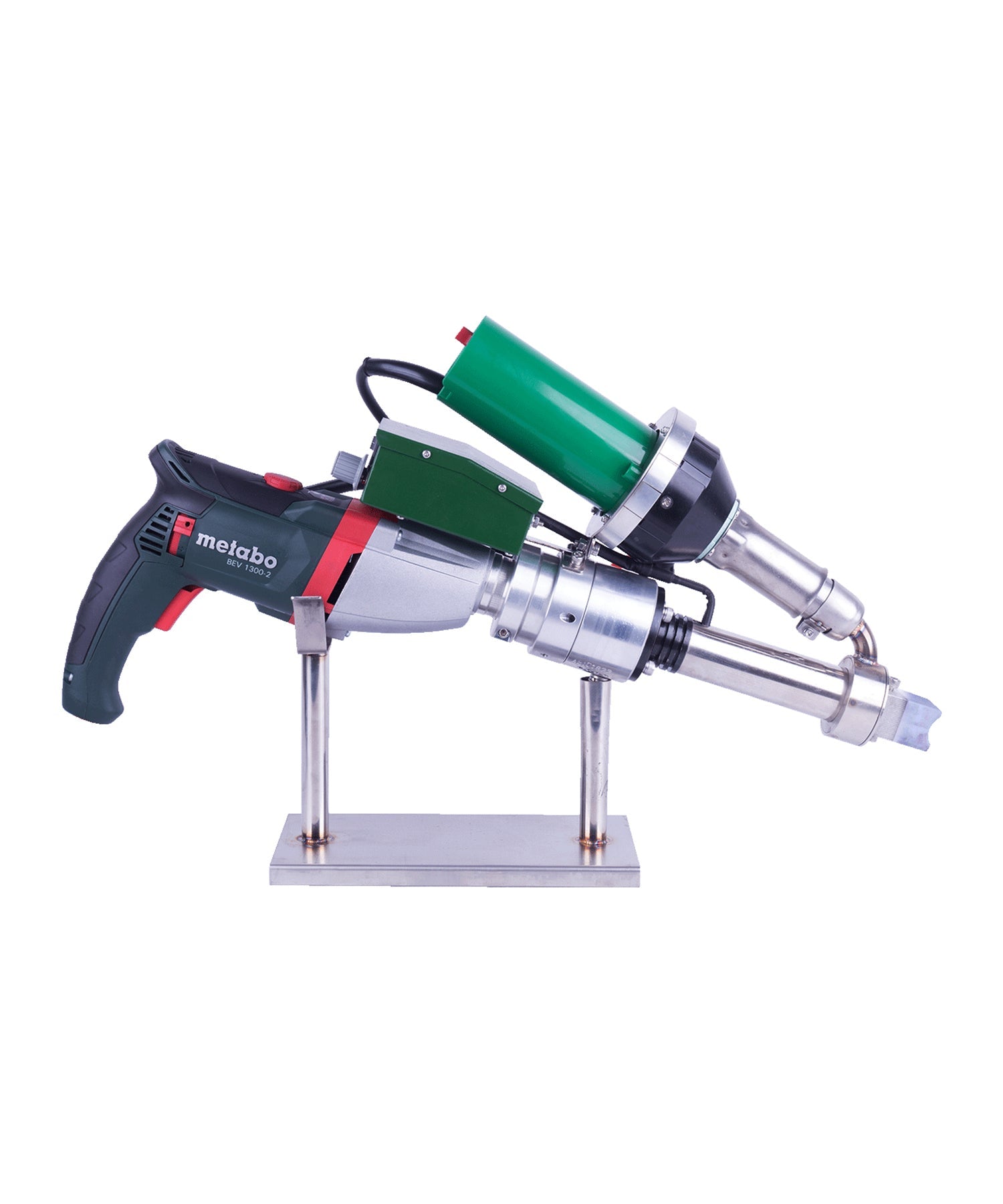
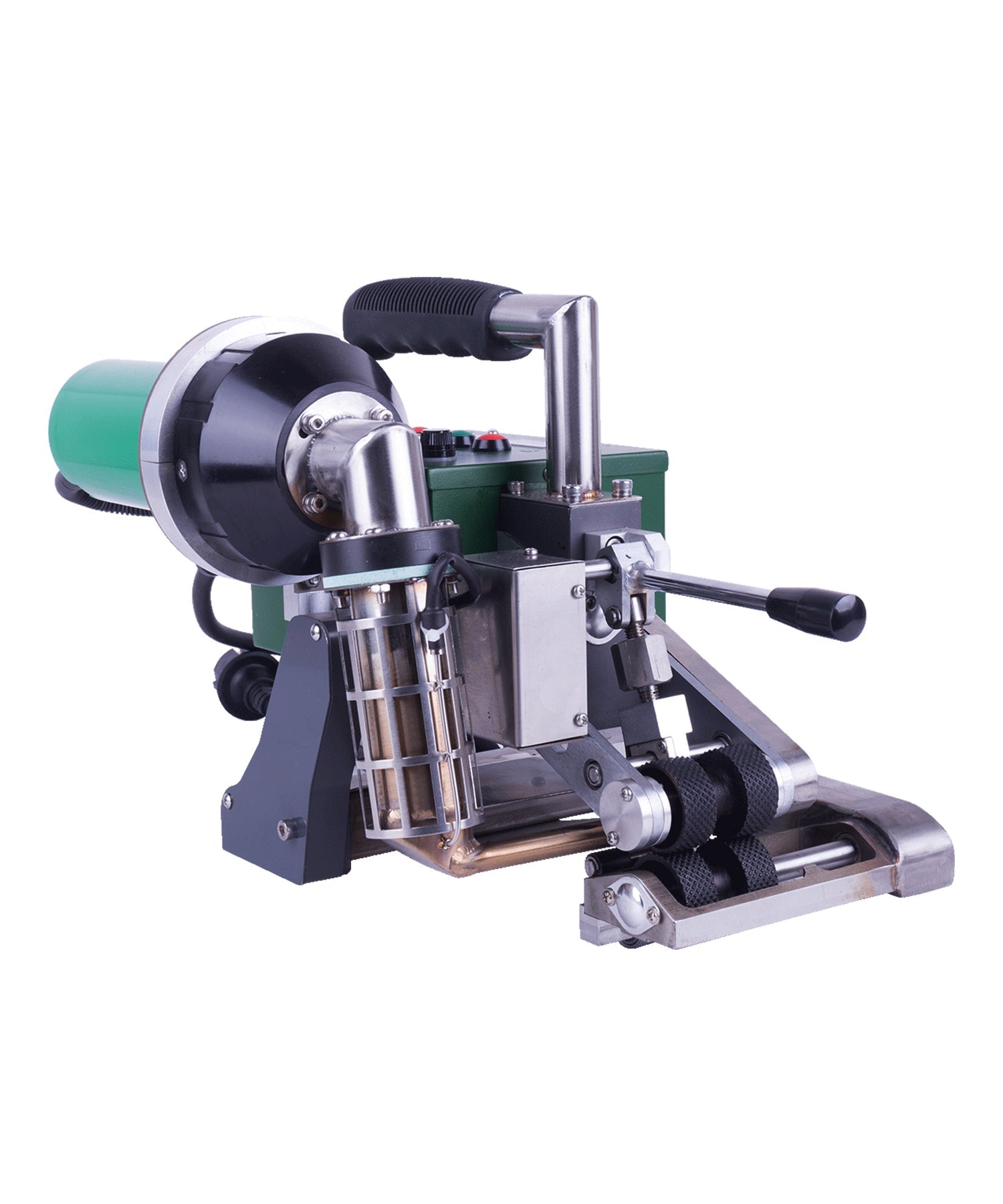
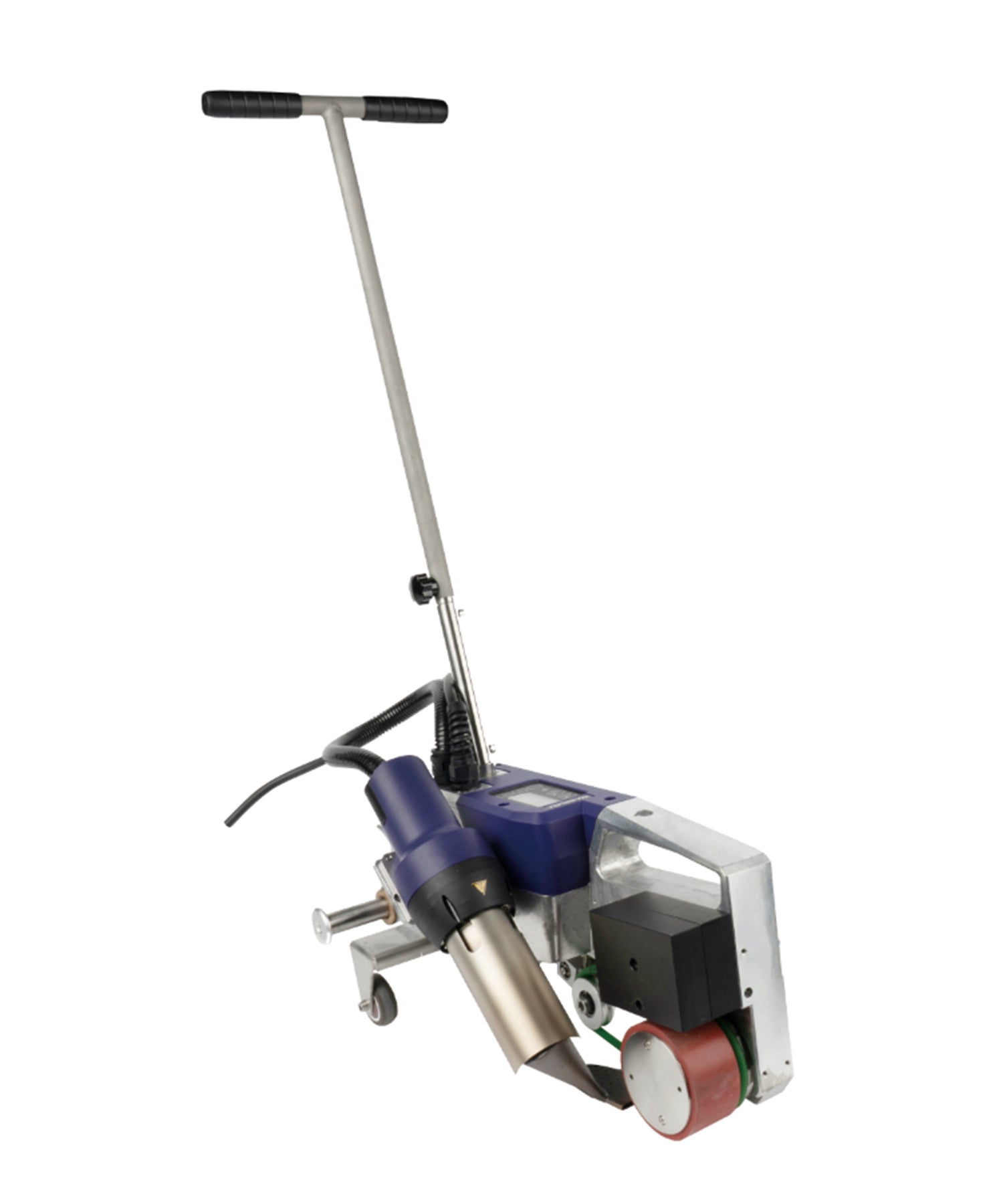
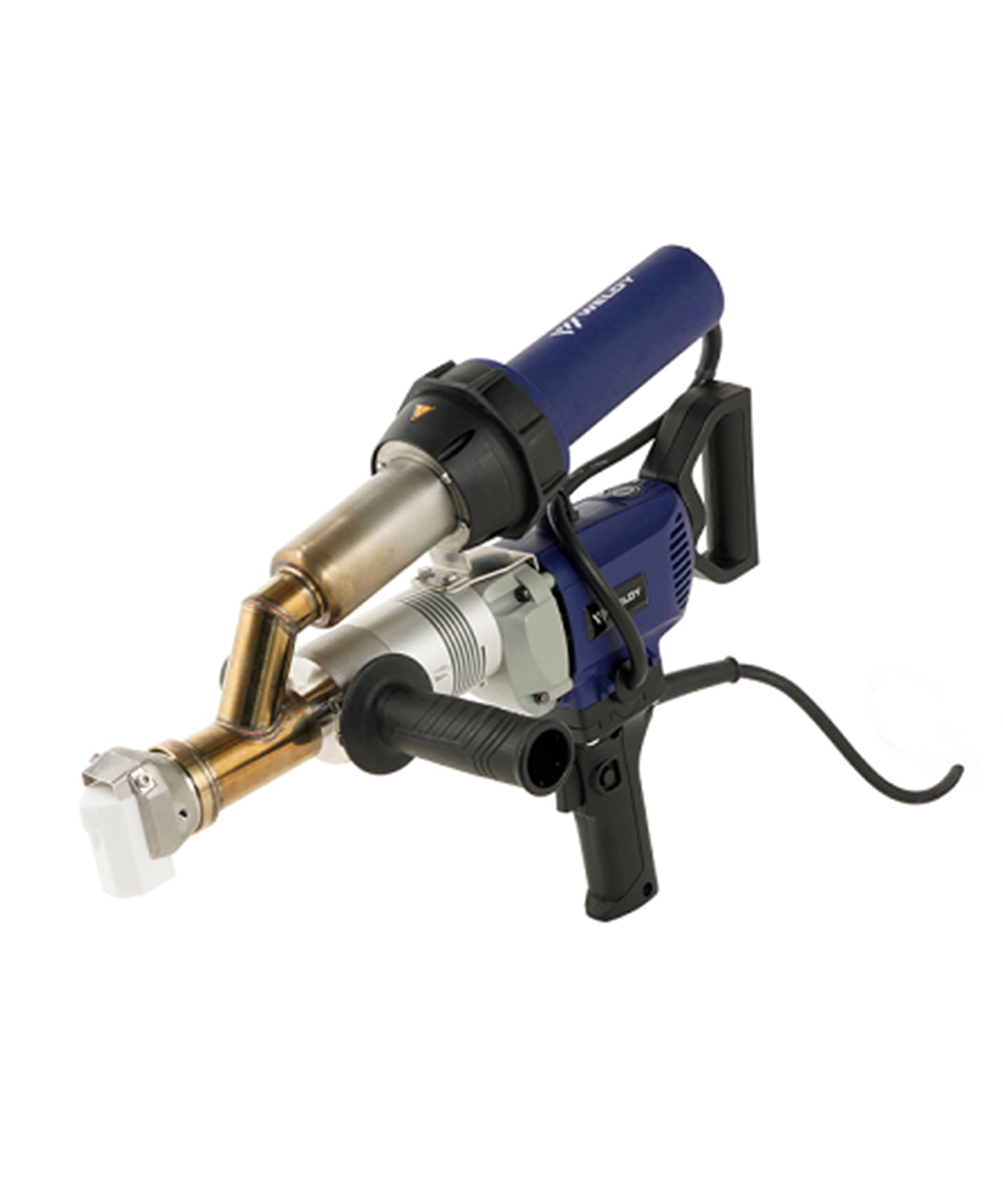
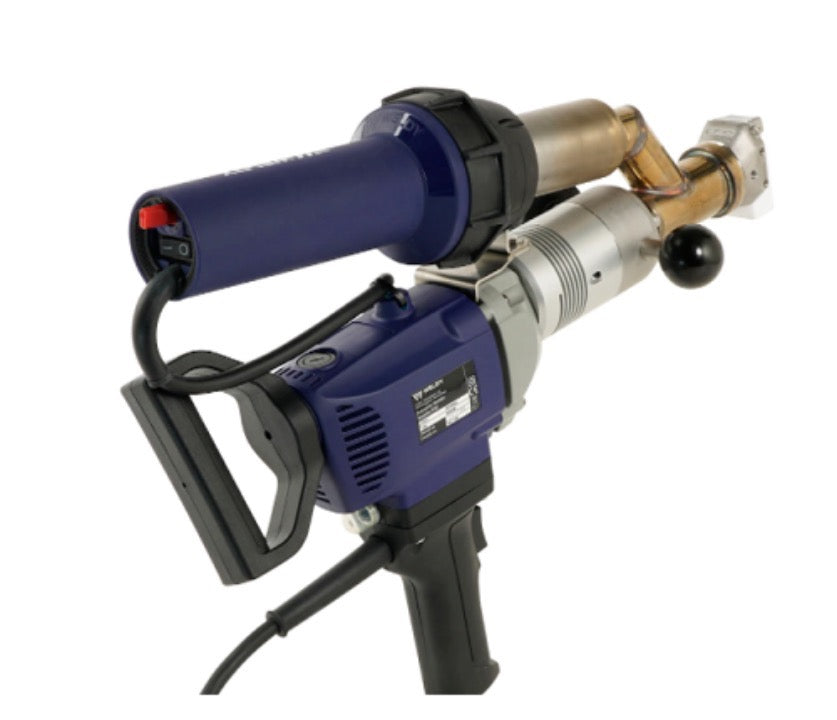
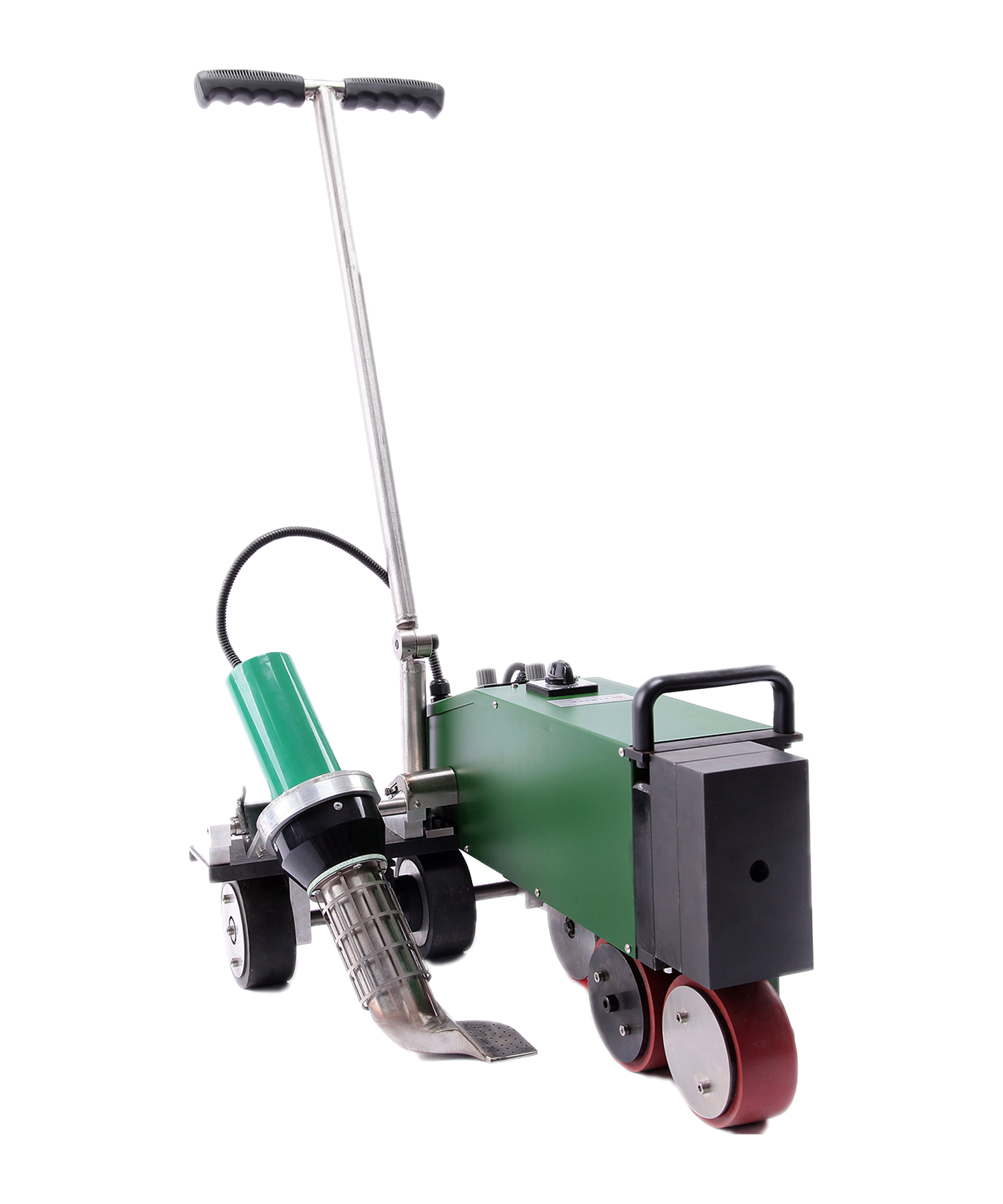
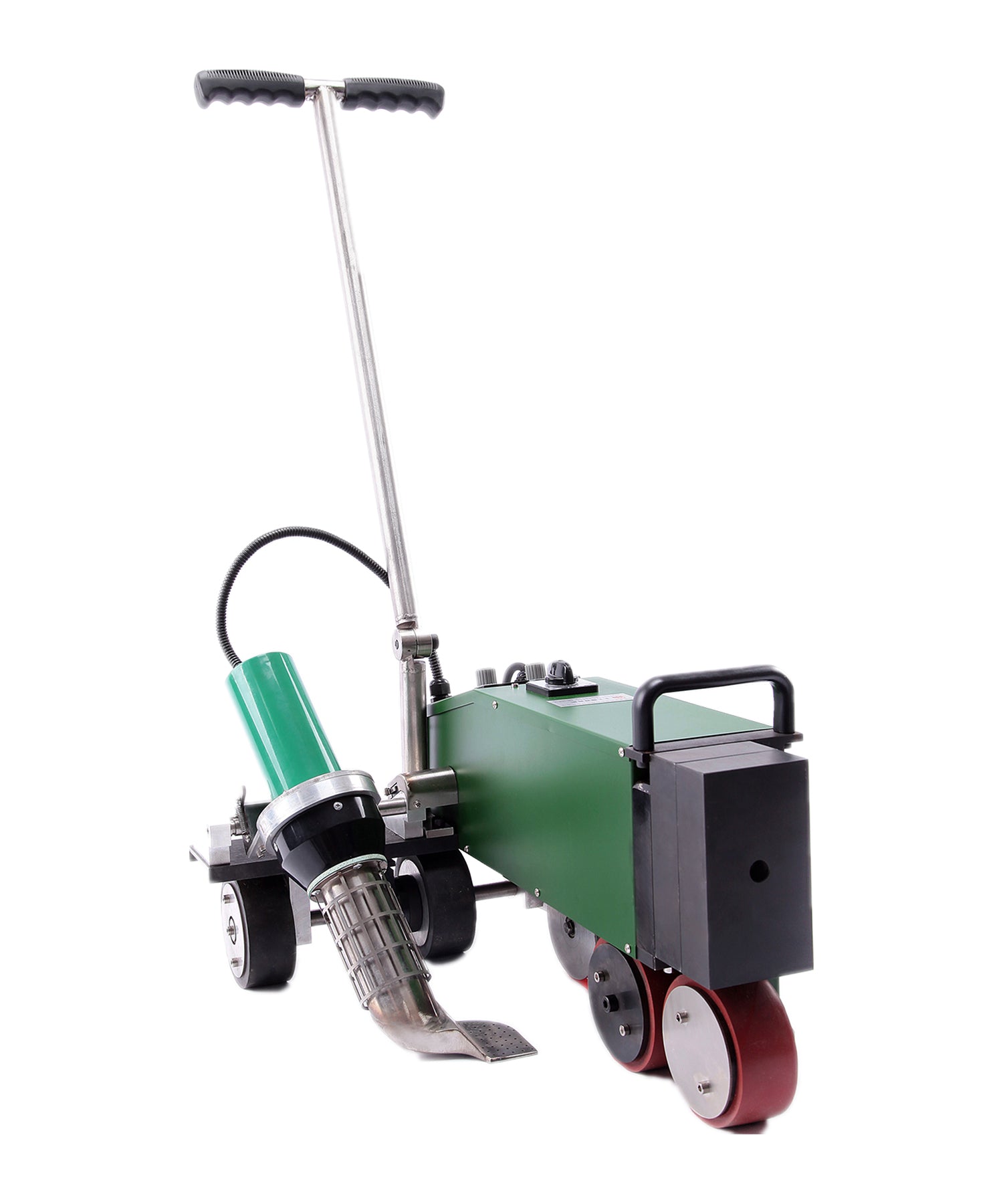
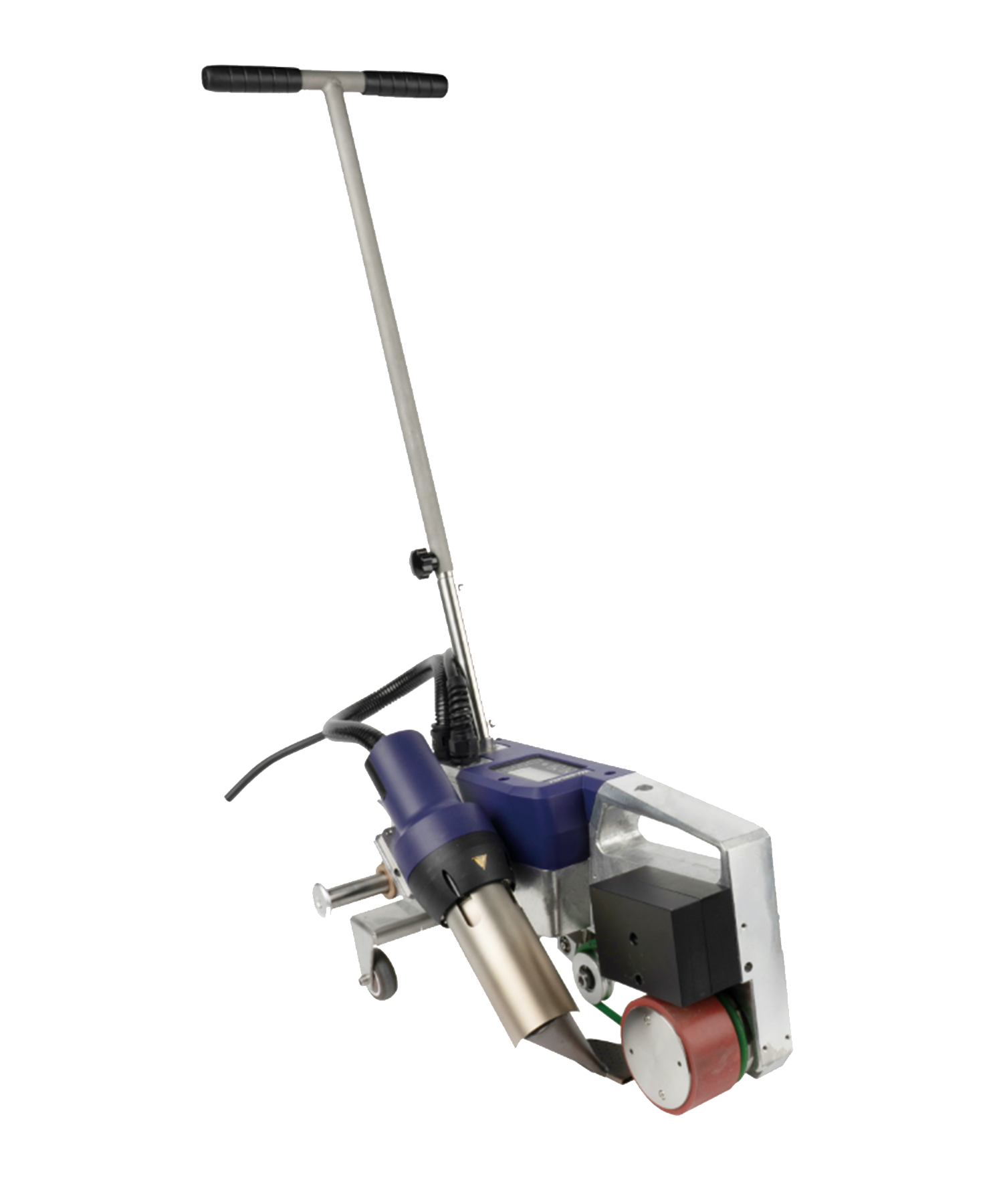
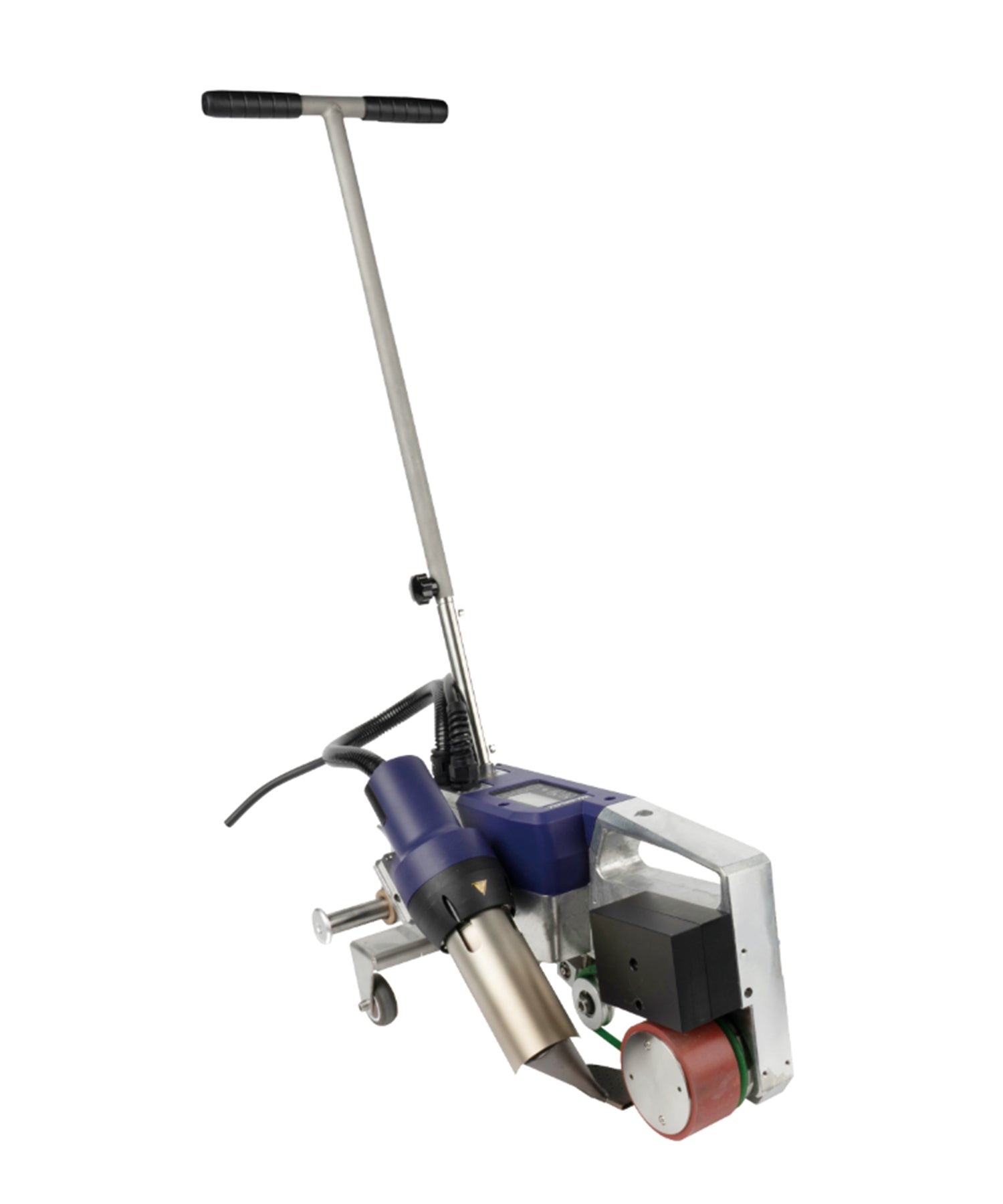
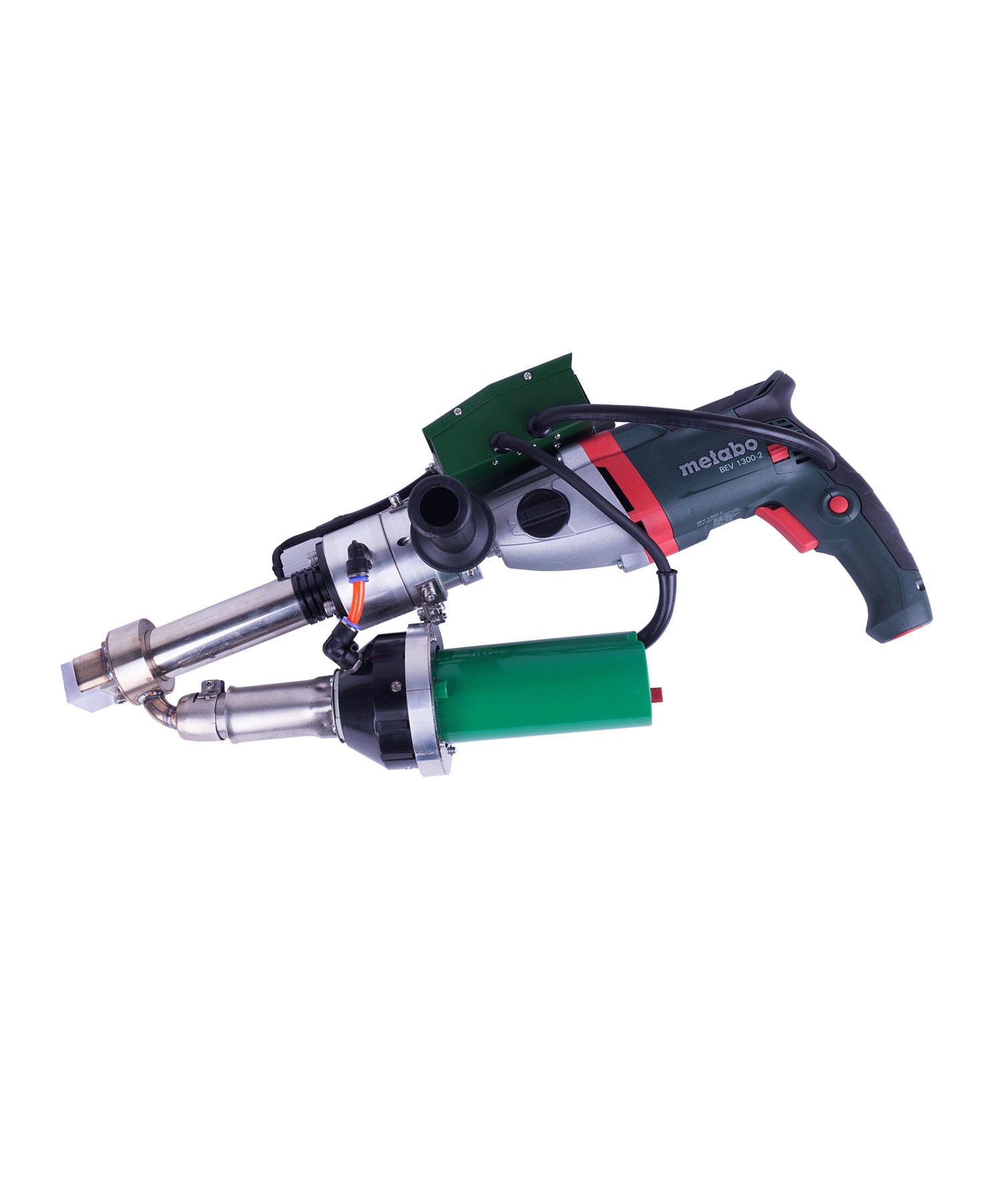
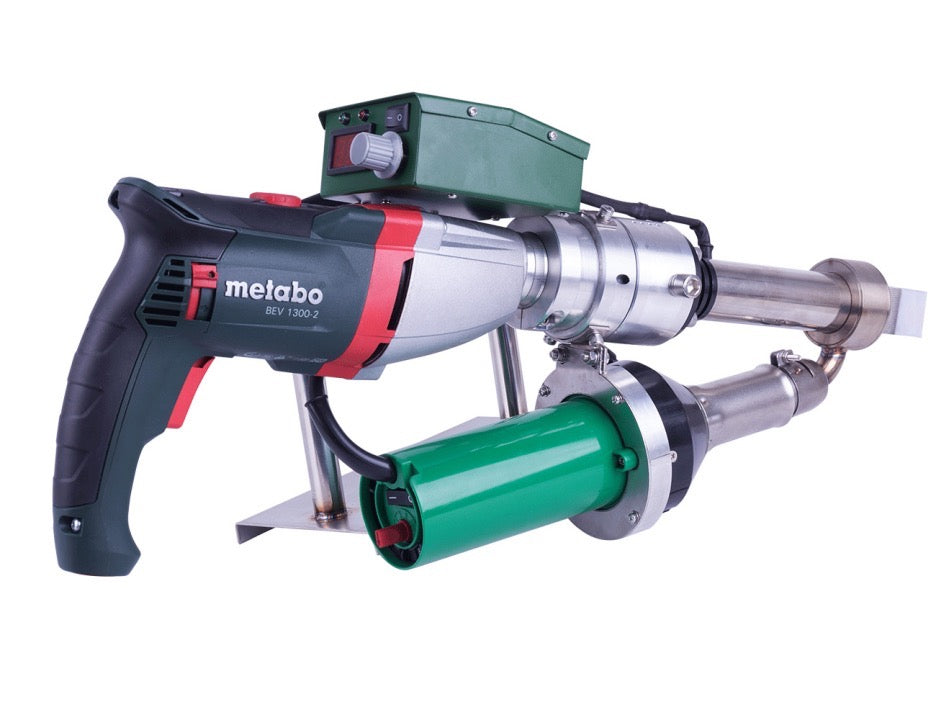
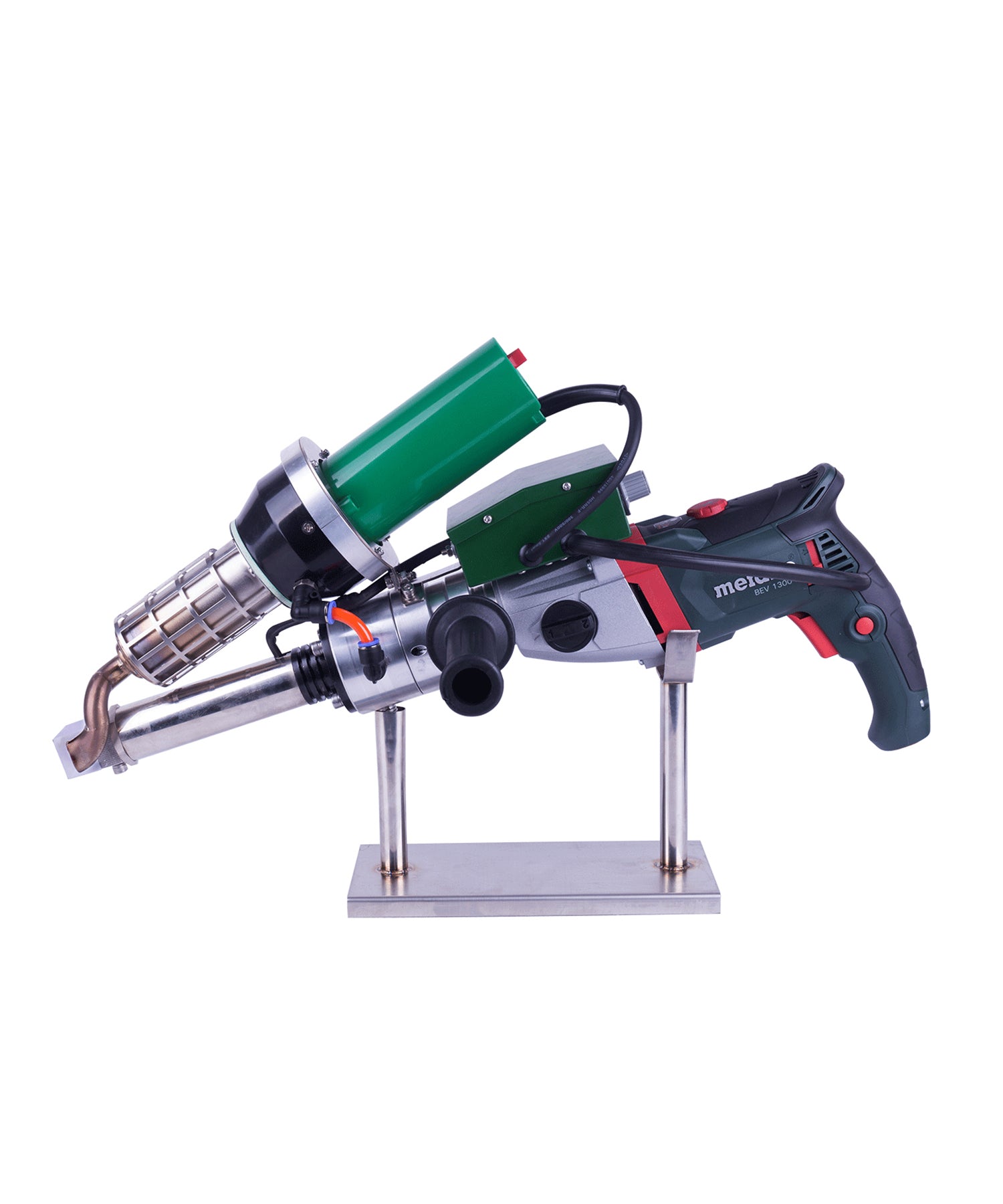
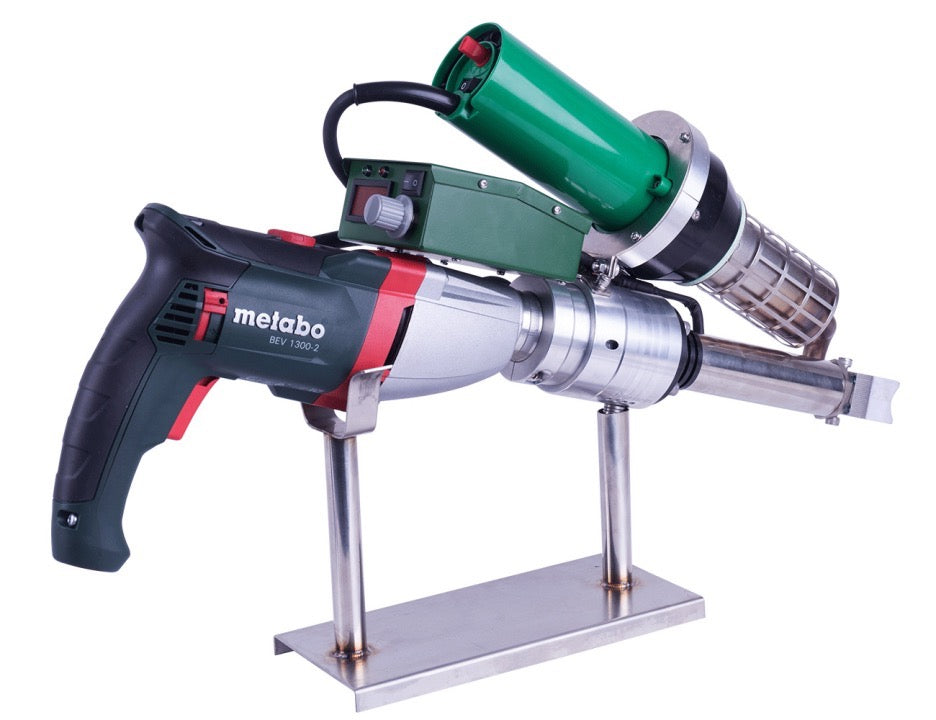
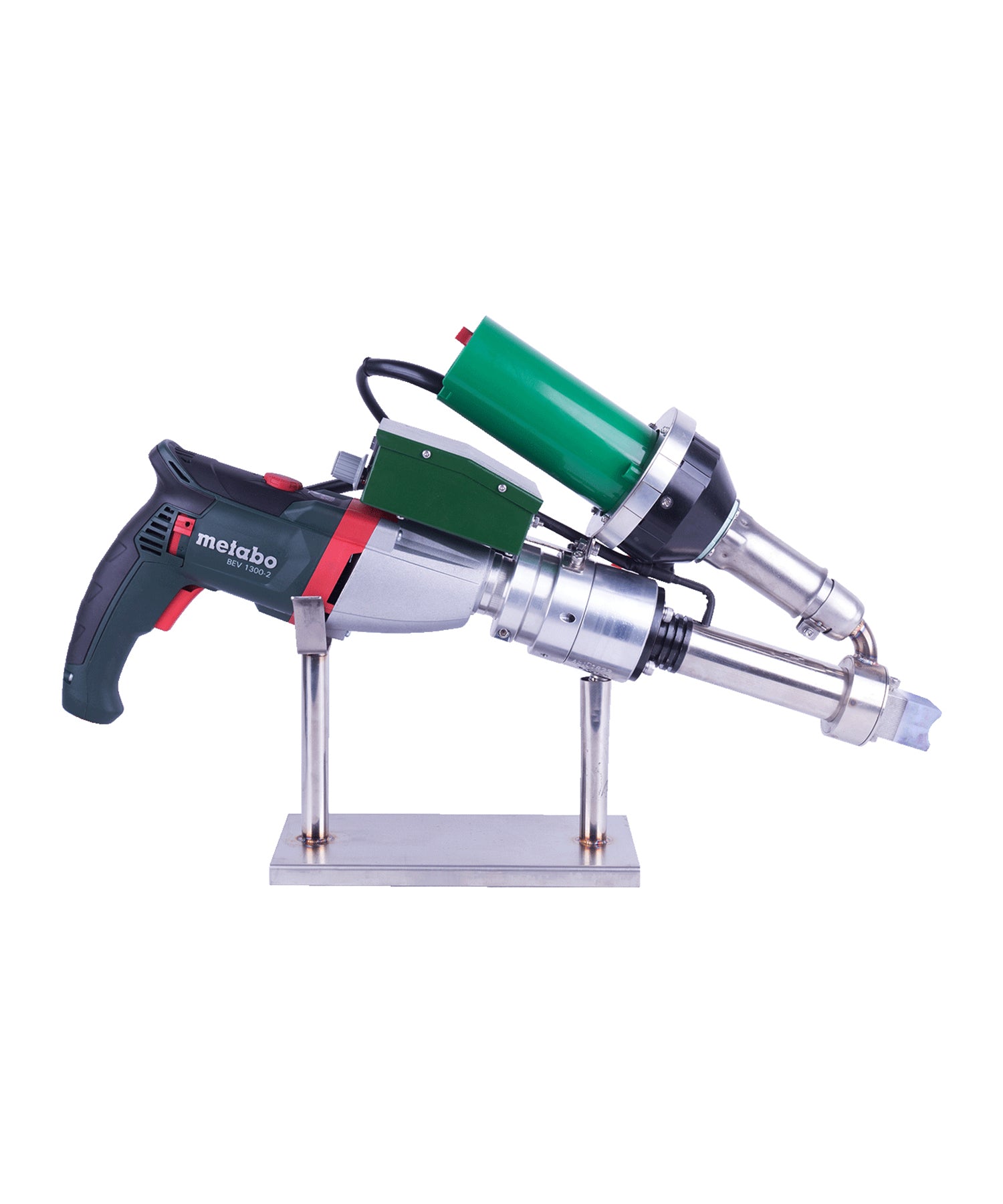
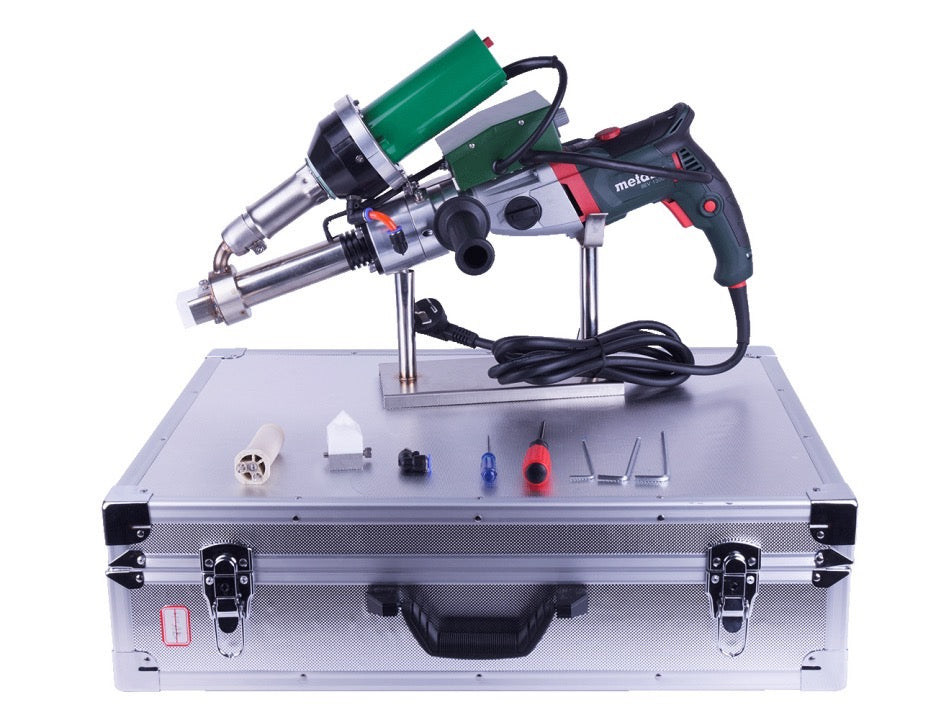



Leave a comment
This site is protected by hCaptcha and the hCaptcha Privacy Policy and Terms of Service apply.